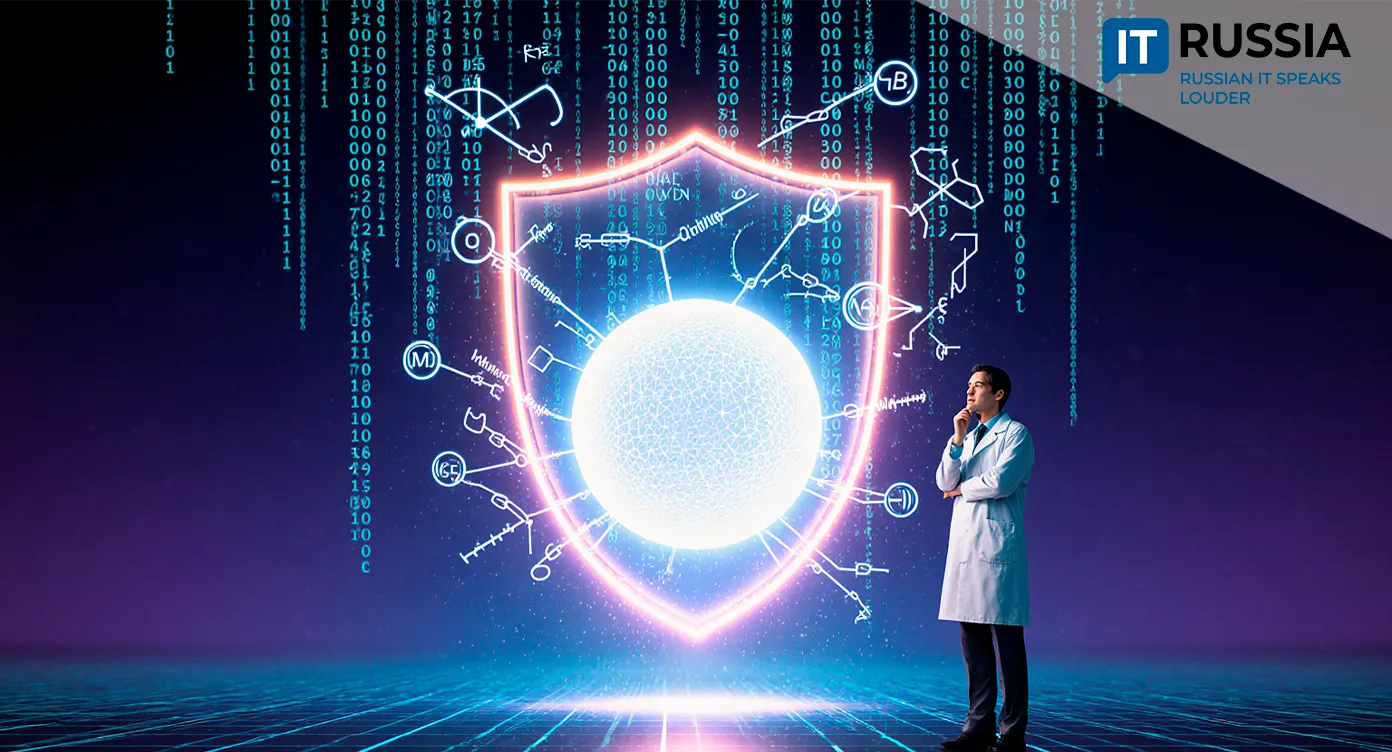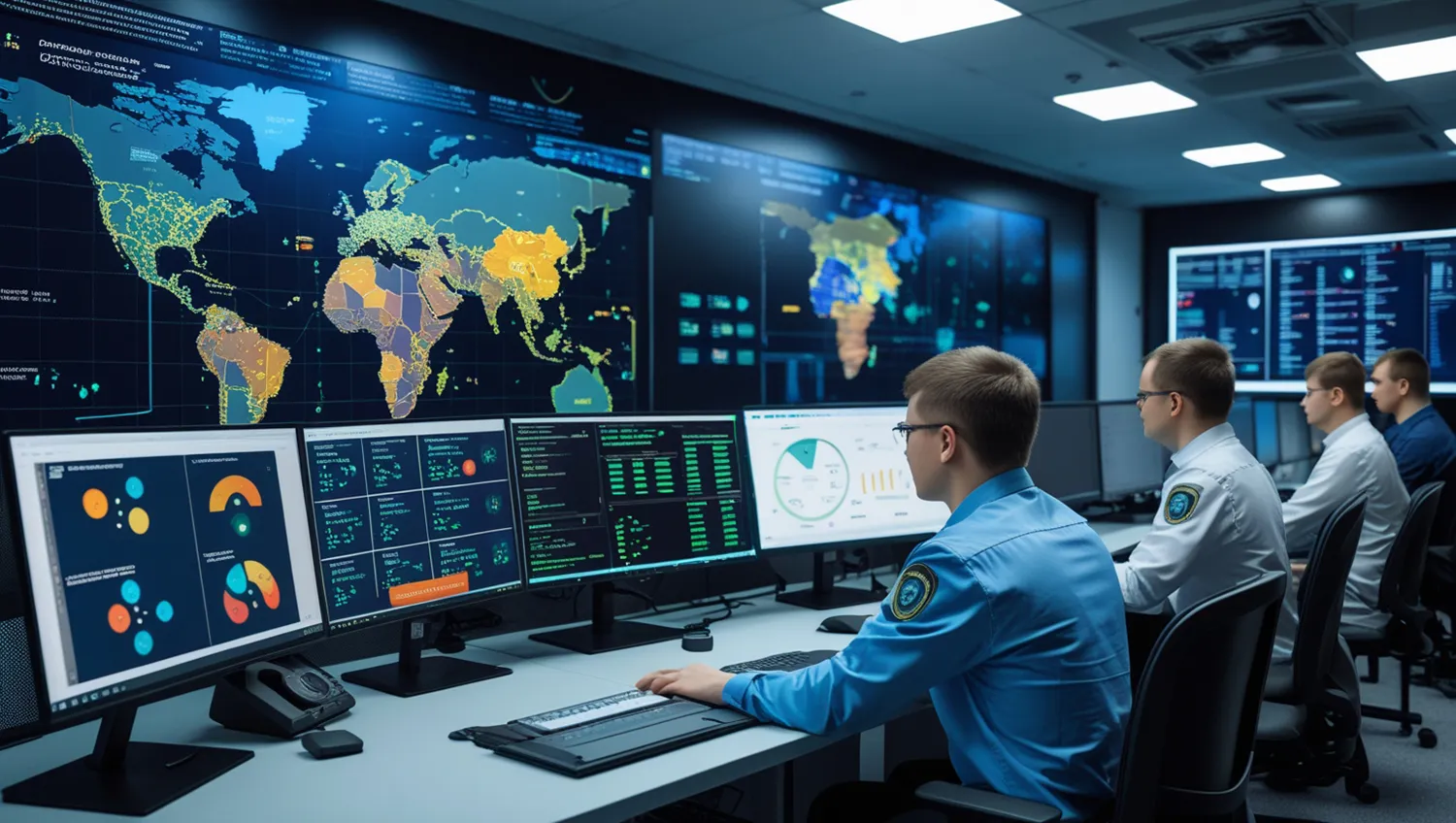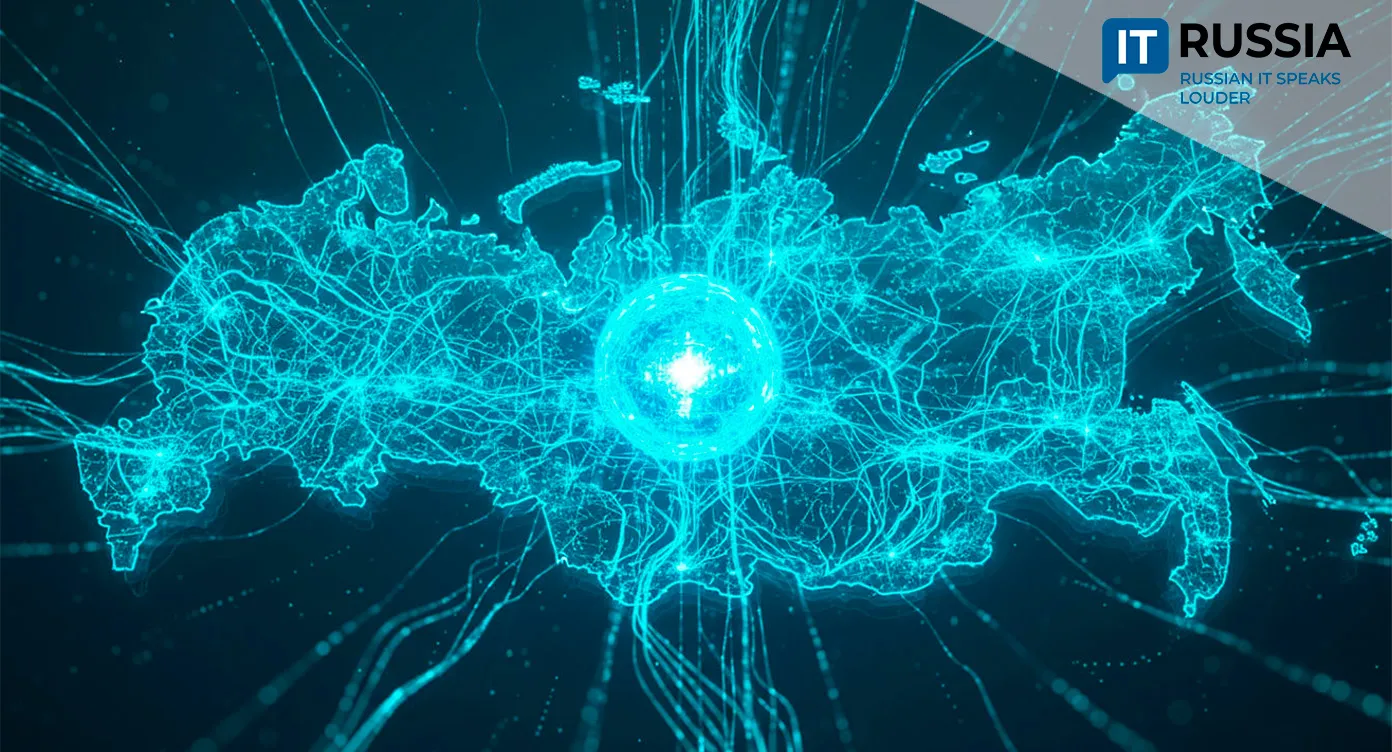Math vs. Hackers: Omsk Scientist Wins Grant for Cybersecurity Research
Alexey Magazev, a professor at Omsk State Technical University, has received a grant of 1.5 million rubles (about $16,000) from the Russian Ministry of Science and the Russian Science Foundation. His project aims to create mathematical models for predicting attacks, assessing risks, and analyzing hacker behavior — with a focus on adapting models to the "non-stationary" nature of cyber threats.

Strengthening the Academic Base
At the core of this research are Markov chains, mathematical models that combine simplicity with deep theoretical grounding. Researchers at the university are applying them to predict cyberattacks, assess information security risks, analyze attacker behavior, and optimize defense strategies. Markov chains are also being used to simulate the spread of malicious tactics.
Building such systems is expected to strengthen Russia’s academic foundation in both mathematics and cybersecurity while supporting the creation of domestic solutions. The benefits extend to national infrastructure resilience, reduced risks of data leaks and financial losses, and improved protection of digital services. For Omsk and Siberia, the project also bolsters the region’s reputation as a science and technology hub. Over time, this methodology could evolve into a mathematically grounded framework with potential applications across the global cybersecurity industry.

Adapting for International Markets
The Markov chain approach is inherently universal. If successful, the methodology could be licensed or adapted for foreign markets, particularly in the CIS and Eastern Europe. In Russia, integration opportunities already exist in domestic SOC/SIEM solutions, as well as in banking, government, and telecom sectors.
Professor Magazev and his colleagues are refining the models to make them more realistic and practical. One research avenue focuses on how the variable nature of cyberattacks affects the performance of security systems.
Changing the Role of AI
Similar initiatives have emerged in Russia and abroad. Domestic SIEM systems are advancing rapidly, with growing interest in machine learning and AI automation. However, while mathematical models such as Markov chains are well established in academia, they have yet to see broad integration into Russian cybersecurity products, where machine learning often takes center stage.

The Russian SIEM market grew by 47% in 2023, while 2024 saw breakthroughs in large language models (LLMs), including their use in cybersecurity. LLMs can now detect vulnerabilities and suggest remediation strategies. They are becoming essential tools for developers and secure development specialists, assisting with attack simulations, vulnerability analysis, and rule creation.
The global threat landscape continues to evolve amid rapid AI adoption and digitalization across industries, coupled with a shortage of skilled professionals. Key cybersecurity trends in 2025 include generative AI for protecting unstructured data; machine identity management; narrower applications of AI; optimization of cybersecurity technologies; security behavior and culture programs (SBCP); and efforts to combat burnout among stressed cybersecurity professionals.
Domestic Implementation
Magazev’s project fits squarely into the trajectory of Russia’s cybersecurity development, where the mathematical transparency of models is viewed as a critical advantage. The grant highlights the importance of his work, which promises not only enhance current systems but also improve risk assessment and optimize cybersecurity investment.

Research results will be published, discussed at conferences, and demonstrated through theoretical models within one to two years. By 2027–2028, domestic implementations and productization based on these models are anticipated, with potential export opportunities. Risks remain — including adapting to rapidly changing attack methods, data quality, and competition with more flexible ML/AI solutions. However, the transparency and explainability of mathematical models may prove to be a competitive edge.










































